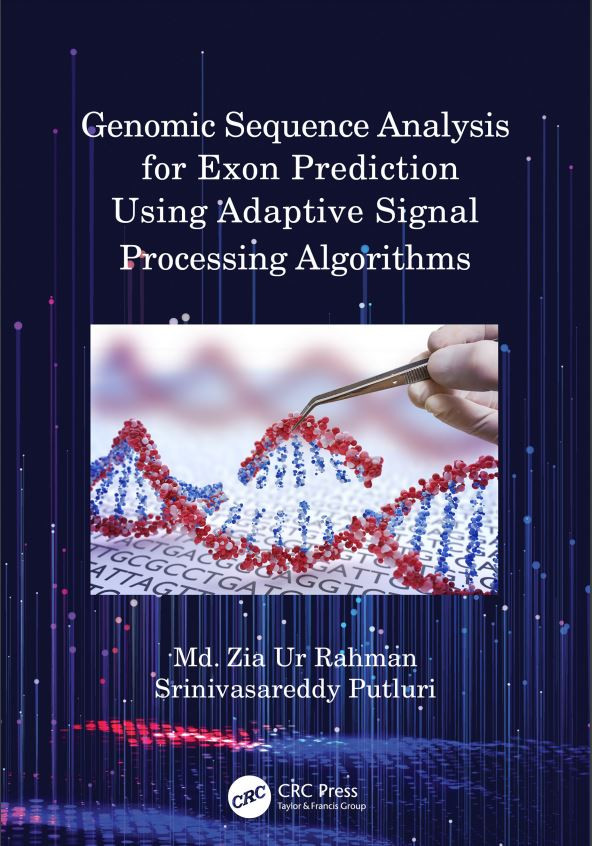

Most ebook files are in PDF format, so you can easily read them using various software such as Foxit Reader or directly on the Google Chrome browser.
Some ebook files are released by publishers in other formats such as .awz, .mobi, .epub, .fb2, etc. You may need to install specific software to read these formats on mobile/PC, such as Calibre.
Please read the tutorial at this link: https://ebookbell.com/faq
We offer FREE conversion to the popular formats you request; however, this may take some time. Therefore, right after payment, please email us, and we will try to provide the service as quickly as possible.
For some exceptional file formats or broken links (if any), please refrain from opening any disputes. Instead, email us first, and we will try to assist within a maximum of 6 hours.
EbookBell Team

0.0
0 reviewsThis book addresses the issue of improving the accuracy in exon prediction in DNA sequences using various adaptive techniques based on different performance measures that are crucial in disease diagnosis and therapy. First, the authors present an overview of genomics engineering, structure of DNA sequence and its building blocks, genetic information flow in a cell, gene prediction along with its significance, and various types of gene prediction methods, followed by a review of literature starting with the biological background of genomic sequence analysis. Next, they cover various theoretical considerations of adaptive filtering techniques used for DNA analysis, with an introduction to adaptive filtering, properties of adaptive algorithms, and the need for development of adaptive exon predictors (AEPs) and structure of AEP used for DNA analysis. Then, they extend the approach of least mean squares (LMS) algorithm and its sign-based realizations with normalization factor for DNA analysis. They also present the normalized logarithmic-based realizations of least mean logarithmic squares (LMLS) and least logarithmic absolute difference (LLAD) adaptive algorithms that include normalized LMLS (NLMLS) algorithm, normalized LLAD (NLLAD) algorithm, and their signed variants. This book ends with an overview of the goals achieved and highlights the primary achievements using all proposed techniques. This book is intended to provide rigorous use of adaptive signal processing algorithms for genetic engineering, biomedical engineering, and bioinformatics and is useful for undergraduate and postgraduate students. This will also serve as a practical guide for Ph.D. students and researchers and will provide a number of research directions for further work.